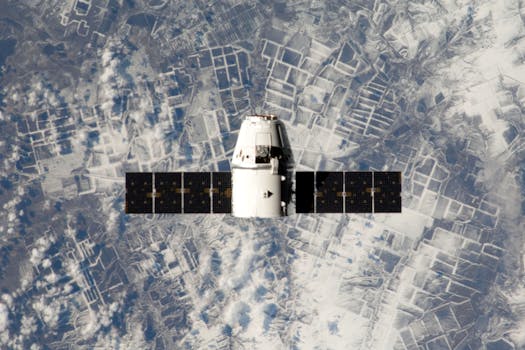From Geostationary to Low Earth Orbit: The Evolution of Satellite Telecommunications in 2023

From Geostationary to Low Earth Orbit: The Evolution of Satellite Telecommunications in 2023
Satellite Telecommunications has revolutionized the way we communicate, and the industry has undergone significant transformations in recent years. The shift from traditional geostationary orbits to low Earth orbits has enabled faster, more reliable, and cost-effective communication services. In this article, we will explore the evolution of satellite telecommunications, the benefits of low Earth orbit, and the current state of the industry.
Introduction to Satellite Telecommunications
Satellite telecommunications involve the use of satellites in orbit around the Earth to transmit and receive data, voice, and video signals. The first commercial satellite, Intelsat 1, was launched in 1965, and since then, the industry has grown rapidly. Satellite telecommunications offer a wide range of services, including television broadcasting, telecommunications, and navigation. The traditional geostationary orbit, which is approximately 36,000 kilometers above the equator, has been the primary location for satellites. However, with the advancement of technology, the industry is shifting towards low Earth orbits.
Benefits of Low Earth Orbit
Low Earth orbit, which is approximately 160 to 2,000 kilometers above the Earth, offers several benefits over traditional geostationary orbits. One of the primary advantages is the reduced latency, which is the time it takes for a signal to travel from the Earth to the satellite and back. In geostationary orbit, this latency can be up to 250 milliseconds, whereas in low Earth orbit, it can be as low as 20 milliseconds. This reduced latency enables faster and more reliable communication services, making it ideal for applications such as video conferencing, online gaming, and real-time data transfer.
Current State of the Industry
The satellite telecommunications industry is rapidly evolving, with several companies launching constellations of satellites in low Earth orbit. One of the most notable examples is SpaceX’s Starlink constellation, which aims to provide global internet coverage with a network of thousands of satellites. Other companies, such as Amazon’s Kuiper Systems and OneWeb, are also launching their own constellations. These constellations will enable faster, more reliable, and cost-effective communication services, bridging the digital divide and connecting remote communities around the world.
Challenges and Future Directions
Despite the benefits of low Earth orbit, there are several challenges that the industry needs to address. One of the primary concerns is the risk of collisions between satellites, which can generate debris and pose a threat to the entire satellite ecosystem. Additionally, the industry needs to address issues related to regulatory frameworks, spectrum allocation, and interoperability. As the industry continues to evolve, we can expect to see significant advancements in technology, including the development of more efficient propulsion systems, advanced materials, and innovative satellite designs.




